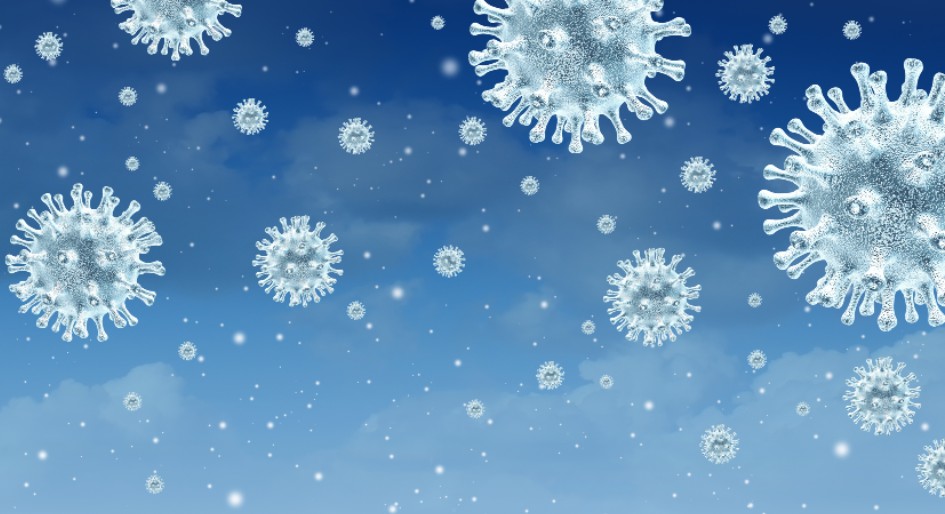With the fall semester well underway, Canadian educational institutions remain under pressure to perform. This school year might have started off smoothly for many; however, a subsequent wave brought on by a new variant of COVID-19 or a spate of heavy winter storms could lead to further school closures.
Even with classes in effect and residences open, basic maintenance activities on building systems must continue. Building systems housed in large, and often aging facilities, should work optimally to ease disruptions for students and let them focus on education. With the cold weather coming, it becomes increasingly important for campuses to handle unforeseen circumstances.
Taking the cautious road
Facility managers need to be aware of the steps they will be taking and how these measures affect health and safety throughout the course of each semester.
Every team should create a checklist, and then continually review their internal systems—floor by floor—to reveal any possible failure points. To prevent serious water damage from occurring, first make sure that the roof and drains are in good condition and the building is sealed to protect from water permeation.
Moving down into other floors of buildings, checking for running toilets, urinals, and faucets should be a routine activity. It’s important, as well, to ensure that HVAC systems are operational to provide a sufficient number of air exchanges per hour. This will mitigate mould growth and help maintain air quality for pupils and staff.
The effects of low or no occupancy can vary between buildings based on size, systems, and quality of the checks conducted during the lockdown. As facility managers head into the winter months, they should also consider the integrity of several areas:
- Parking structures that have heat trace cables keeping domestic water lines and sprinkler lines from freezing. These need to be tested in advance of sub-zero temperatures.
- Ice/snow melting systems should be tested to ensure they are in good working order.
- Heating systems that use glycol should be checked as these are sometimes at risk of freezing.
Having a thermostat that measures outdoor air temperature and integrates with heat trace lines further contributes to mitigating the chance of pipes fracturing. Frozen plumbing lines that fail do not just cause slips, trips and falls but can cause major damage to concrete and asphalt once ruptures occur. Costs to repair these are typically in the tens of thousands of dollars, if not more.
Keeping up with compliance
With large social gatherings and celebrations among students, it’s an important reminder that social-distancing policies and compliance will be a challenge as students look to connect as they did pre-pandemic. Facility managers can mitigate risks by advising maintenance staff and security teams to look for exterior doors being propped and left open. This can create a security issue, and in winter months, could lead to cold air infiltrating the building, which puts plumbing infrastructure (specifically hydronic heating line and sprinkler pipes) at risk of freezing.
Through diligence and systems reviews, along with expert mitigation, facility managers can ensure the smooth running of building infrastructure and business continuity so students can focus on learning.
Brendan Murphy is director of client solutions for First Onsite Property Restoration.




